Auschwitz: It Horrifies. But it Should Not Surprise Anyone.
Follow @sanjayausta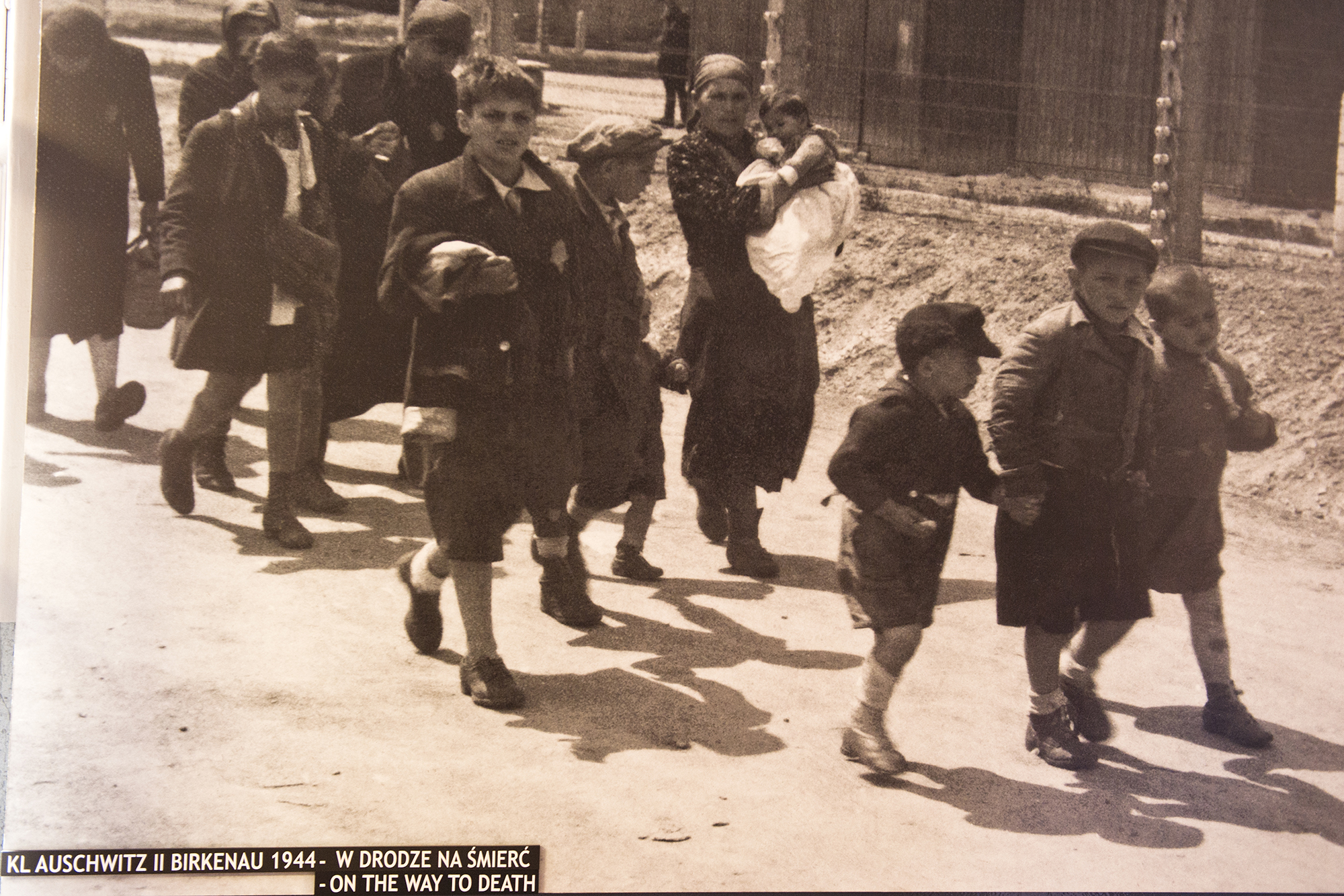
Children and women on the “Way to Death”. Auschwitz
(Published first in the Deccan Herald, March 2020)
“You will be horrified. If you go there you won’t come back the same”, warned a friend as I boarded the bus to Auschwitz-Birkenau from Krakow.
Immediately the driver plays ‘Auschwitz’ on the tv, as if to make sure we knew exactly where we were headed.
But the prisoners arrived at this death factory on trains, herded together like animals in cattle wagons. They came standing, some of them for days, packed together like sardines, without food, water or hope. A bucket in the corner for toilet, if they could reach it at all.
On disembarkment, at Auschwitz II, they encountered an atmosphere of deathly calm and an odor of burning flesh. The SS men, with vicious dogs straining at the leash, summarily examined them and on the basis of their usefulness decided, which ones of them would be exterminated immediately and which ones would be sent to hard labor -to die a slow excruciating death.
This evil is exhibited in all its gory detail in Auschwitz I and its outside it’s famous gates, the gate with the wavy metal sign proclaiming the German phrase, “work will set you free”, that tour buses ejects it’s hoards of tourists.
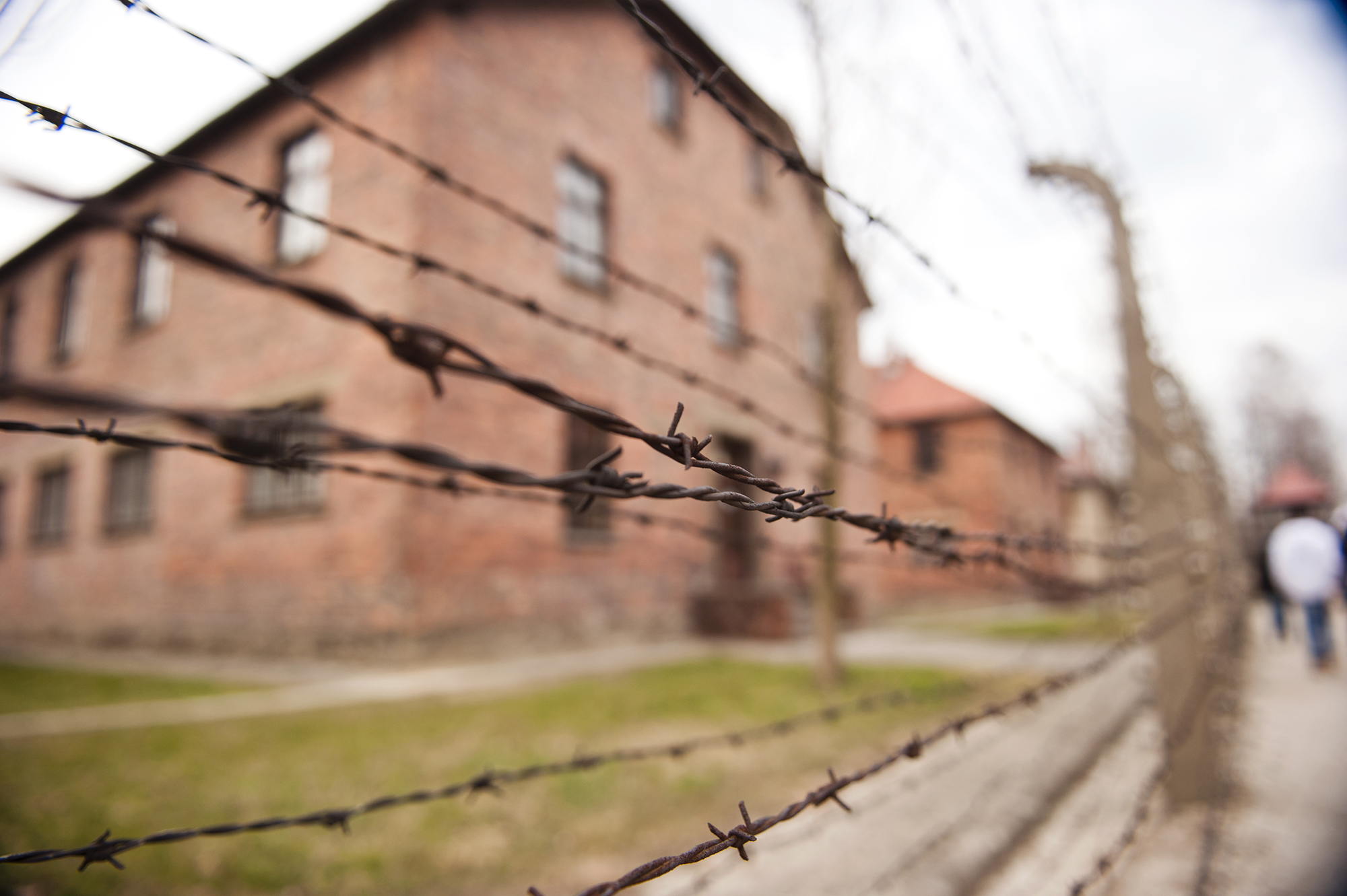
On peak days Auschwitz gets as many as thirty thousand visitors. The worn off stairs of the buildings bear testament to that. This year, on January 27, Auschwitz commemorated 75th year of its liberation by the Red Army . Survivors most of them in their 90’s, gathered here with dignitaries from over 50 countries to remember and be reminded, as the sign here reminds you; “The one who does not remember history is bound to live through it again”.
While you wait to be frisked, rows of three story ochre-brown buildings await grimly to tell a grisly tale. Some of them housed prisoners. Some the SS men. Some were torture- chambers, others death cells.
Auschwitz I is essentially a museum to Nazi sadism. Among the photographs of prisoners , taken by the SS , the photographs of twins tell the story of the Angel of Death , Dr Josef Mengele and his ghoulish experiments on twins. If one twin died, which was often the case, the other was killed immediately with an injection to the heart, so Mengele could do comparative autopsy.
What also leaps out from the exhibits, is a photograph of children, all of them less than five years old, accompanied by women with babies on arms, on the way to the gas chambers blissfully unaware of what awaited them.
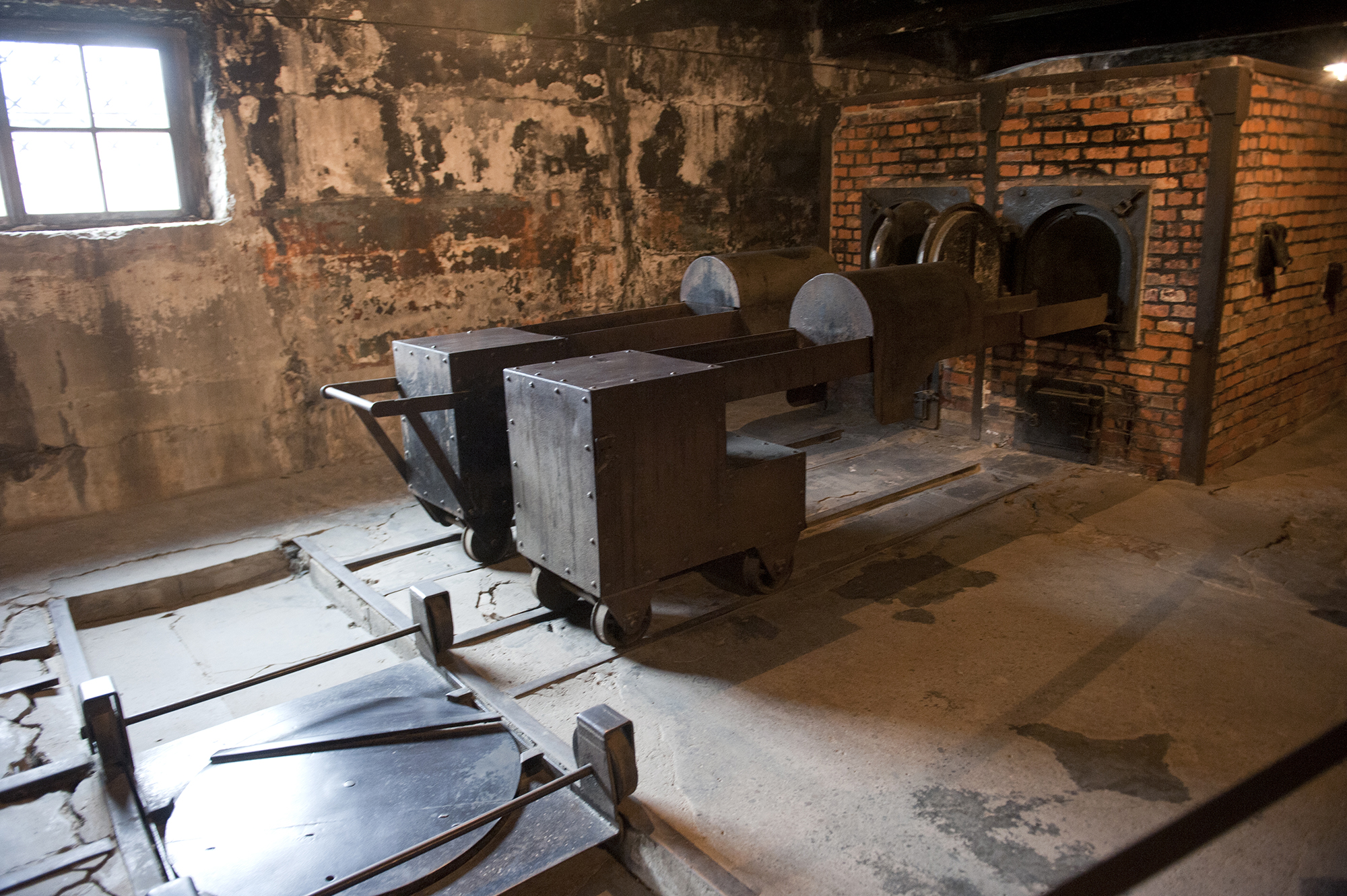
A crematoria in the gas-chamber
The grisly story is now well known. Men and women marked for the gas chambers were separated from each other. They were told to undress for a ‘shower’. But from the shower-heads fitted to the ceiling , oozed Zyklon-B, suffocating them to death.
The gas chambers, that snuffed the lives of over 1 million victims here, majority of them Jews, where destroyed by the fleeing Nazis in 1945, hoping to erase evidence of their crimes. But there is a reconstructed gas chamber in Auschwich II along with a crematoria for visitors to see.
The exhibition halls have old leather suitcases of the victims, most of them marked with Jewish names. There is a roomful of John Lennon design glasses. A roomful of shoes, mostly of toddlers. There are combs, shoe-polish, shaving brushes and toys , among them a broken doll.
But it’s the roomful of hair that stays with you. The victims were shorn of their hair and the hair were used to make a rough fabric or to line shoes.
What is absent from the exhibition halls is the gold, the jewellery and the cash, that the SS men looted off the victims, immediately on their arrival here. “ They did not need them”, was a candid explanation of Oskar Groening, the former SS guard at Auschwitz, who when asked by the judge in the 70 year too-late- -a- trail in 2015, why he robbed the victims of their possessions.
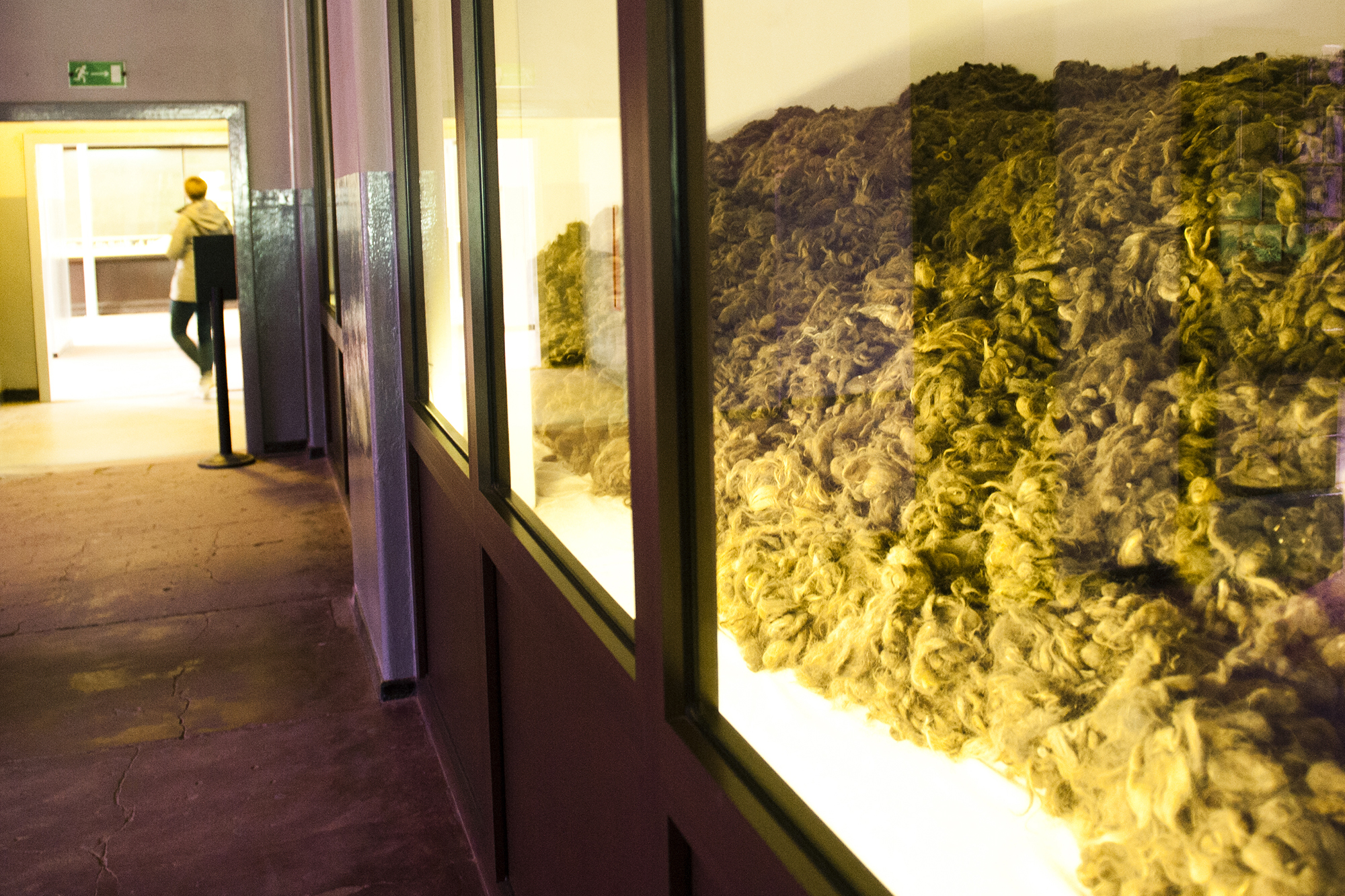
Roomful of hair, shorn off the victims.
This largest extermination camp in the world, was built not just for the killings. It was meant to dehumanize and degrade its victims before it did so. You see this in the prisoner’s barracks in Auschwitz II, which are a about two kilometers from Auschwitz I . The victims were crammed into bunkers, with no water or toilet. The toilet was practically an open sewer but you were lucky if you managed to get in. Sometimes you had to use your aluminium bowl. The same bowl you used for the scraps they threw at you to eat.
Apart from the obvious lessons from Auschwitz, is the unsettling reality that the perpetrators here were not recognizable monsters in black and white. They were also loving fathers, brothers, and sons. They were art collectors, appreciated good music and danced at weddings. They went out for movies, cared for their flower garden and cried when their dogs died. They were, in other words, regular folks. Just like you and me.
In that, is maybe a cautionary tale that, despite the religious postulates and despite the Gurus, Godmen, philosophers and motivational speakers exhorting us to believe that we are all born good, (and become rotten along the way,) we may be born with what Stephen Dawkins called the “selfish gene”. An evolutionary instinct that had evolutionary rewards when humans lived in isolated bands in the Palaeolithic Period and beyond and had to kill the ‘’other”, for survival.
That this evil gene, still brims beneath the surface, and as evidenced from the Holocaust, or closer home, from the 1984 anti-Sikh riots in Delhi, or the 2002 anti-Muslim riots in Gujarat, or the recent Delhi Carnage in Feb 2020, can easily be summoned to play its mischief.
Auschwitch, horrifies. But it should not surprise anyone.
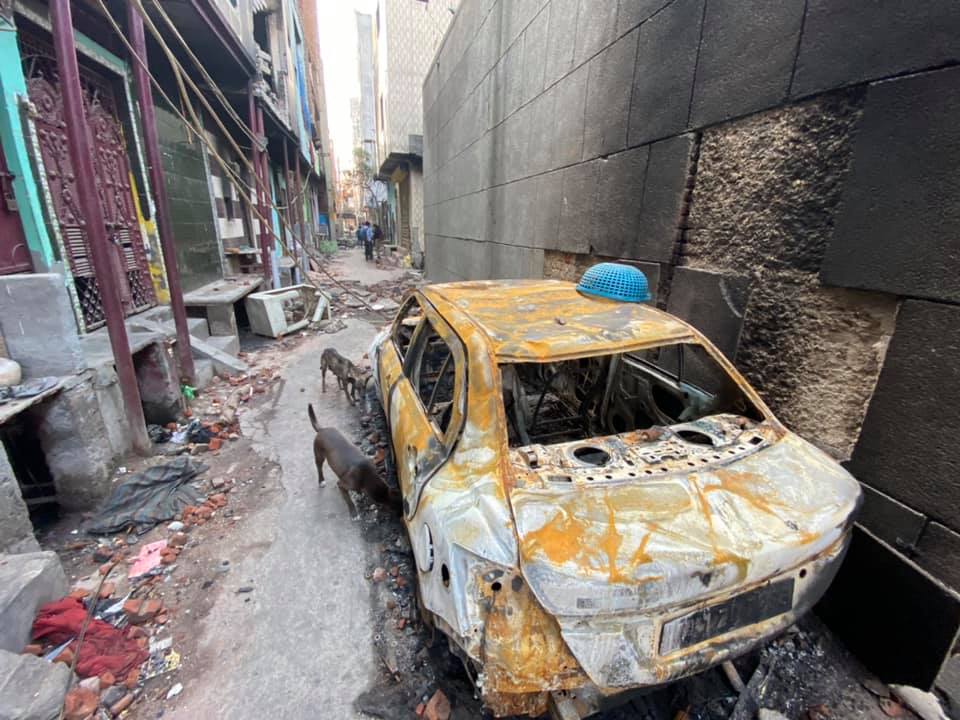
The Delhi Carnage. Feb 2020.

Delhi Anti-Sikh Riots, 1984. (Rajinder Singh was 10 years old when his father was killed in the 1984 anti-sikh riots in New Delhi)